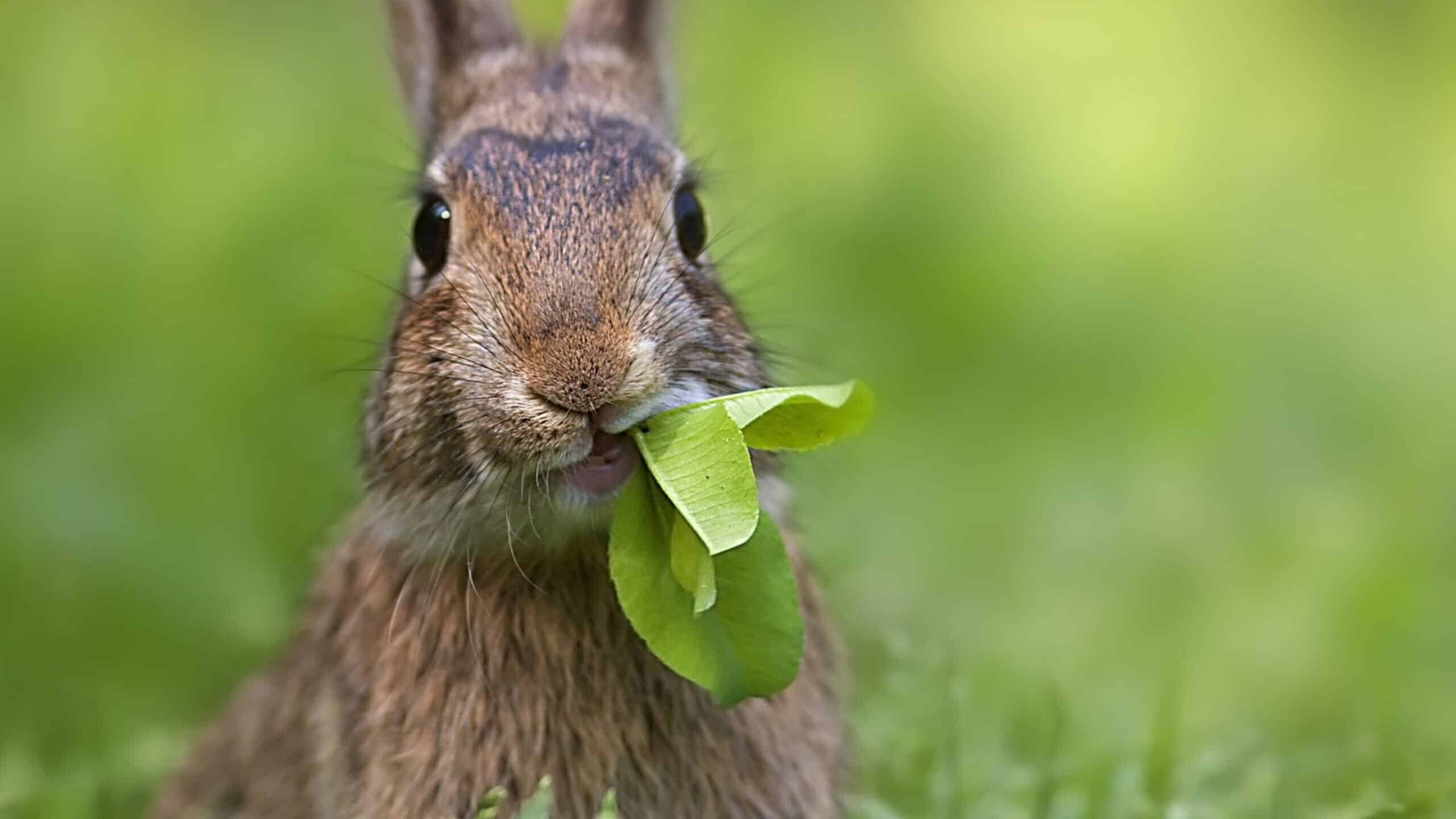
Kaniner
Rabbits are sensitive when it comes to the slightest change in their environment and food. Their primary diet consists of hay, in addition, they can also eat leafy greens,non-leafy vegetables, and fruits (given in moderation and if it's closely observed by the owner).
Kaniner
Rabbits are sensitive when it comes to the slightest change in their environment and food. Their primary diet consists of hay, in addition, they can also eat leafy greens,non-leafy vegetables, and fruits (given in moderation and if it's closely observed by the owner).
Unlimited hay
Refresh their hay before they finish it – there will always be some hay that they don’t eat and this is not a worry.
They should eat a volume about the size of their body every day.
Unlimited hay
Refresh their hay before they finish it – there will always be some hay that they don’t eat and this is not a worry.
They should eat a volume about the size of their body every day.
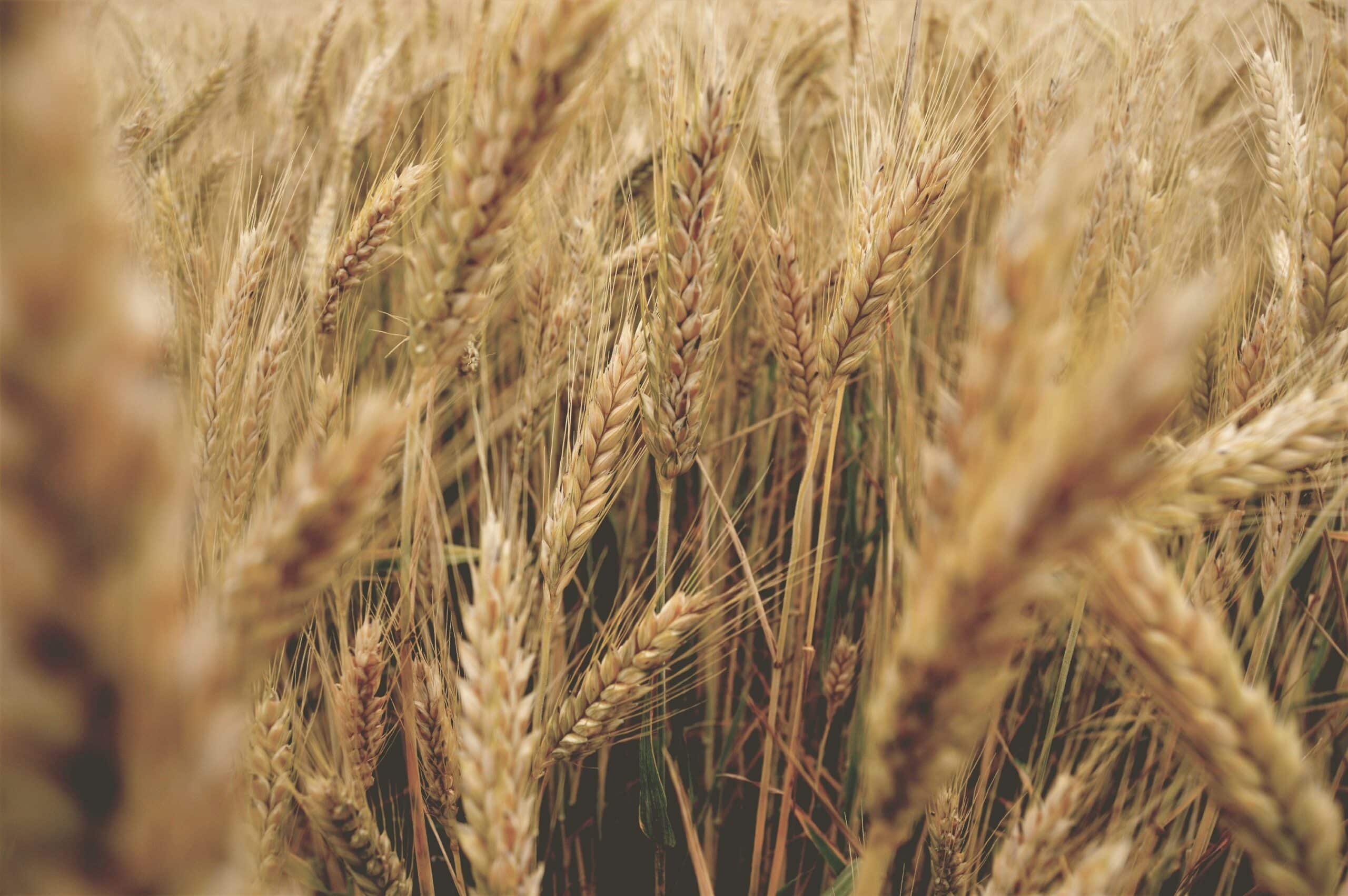
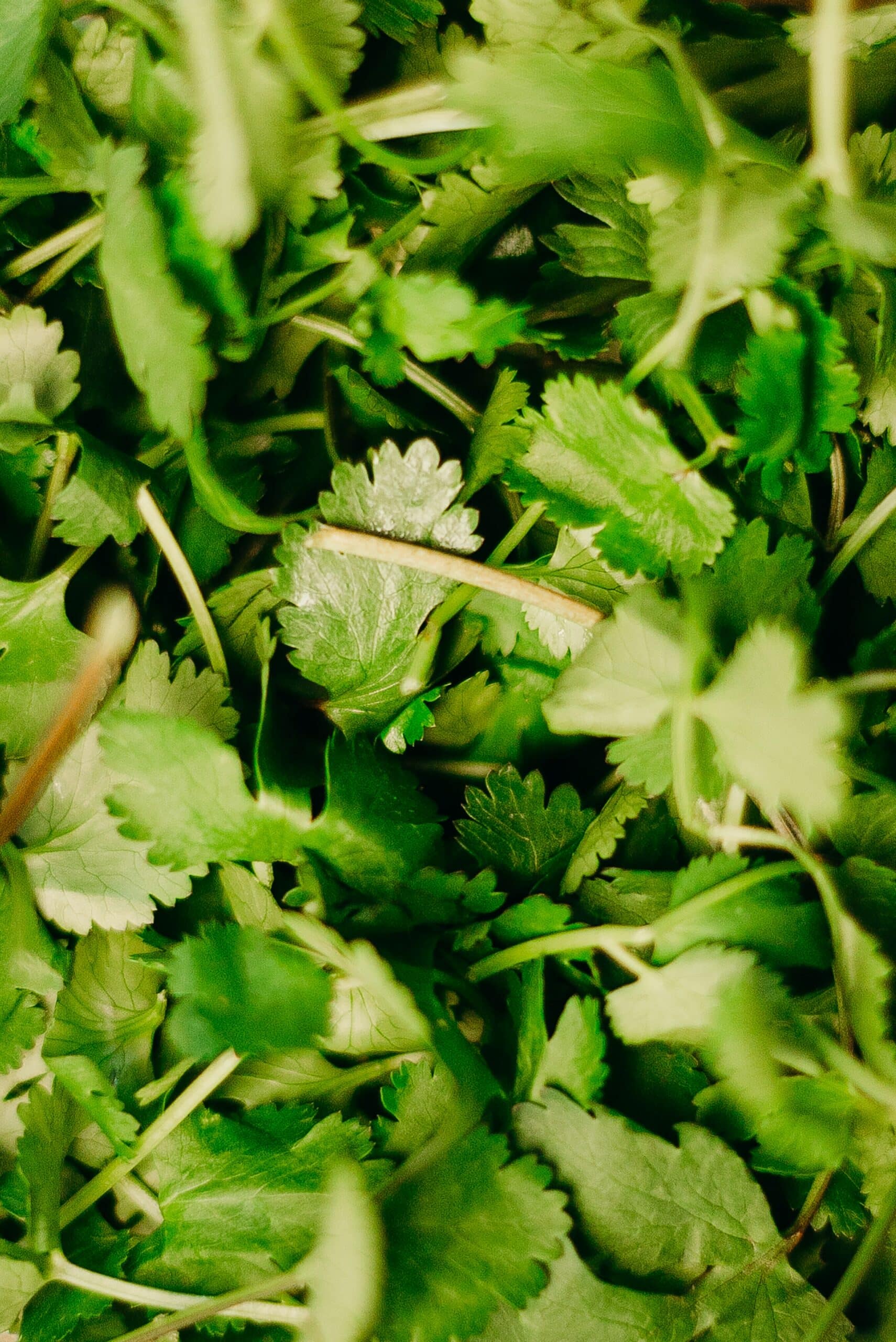
Greens/Veggies
It is recommended to give them a variety of fresh leaves every day.
1 cup per 1,36 kg of body weight once a day or can be split into two feedings.
Start with a mixture of mostly Green Leaf lettuce and introduce new greens in small amounts until they are used to them to prevent digestive upset.
Greens/Veggies
It is recommended to give them a variety of fresh leaves every day.
1 cup per 1,36 kg of body weight once a day or can be split into two feedings.
Start with a mixture of mostly Green Leaf lettuce and introduce new greens in small amounts until they are used to them to prevent digestive upset.
Pellets
Amount at each meal (morning and evening):
This will likely range from 1 tbsp to 1/4th a cup based on the size of the bunny.
It’s important to measure out the pellets exactly every time so you know if they aren’t eating (which could mean they’re sick).
Do not use pellets containing corn, seeds, or colorful pieces.
These are bad for the bunny’s digestive system. The pellets should only contain hay-based pellets.
Pellets
Amount at each meal (morning and evening):
This will likely range from 1 tbsp to 1/4th a cup based on the size of the bunny.
It’s important to measure out the pellets exactly every time so you know if they aren’t eating (which could mean they’re sick).
Do not use pellets containing corn, seeds, or colorful pieces.
These are bad for the bunny’s digestive system. The pellets should only contain hay-based pellets.
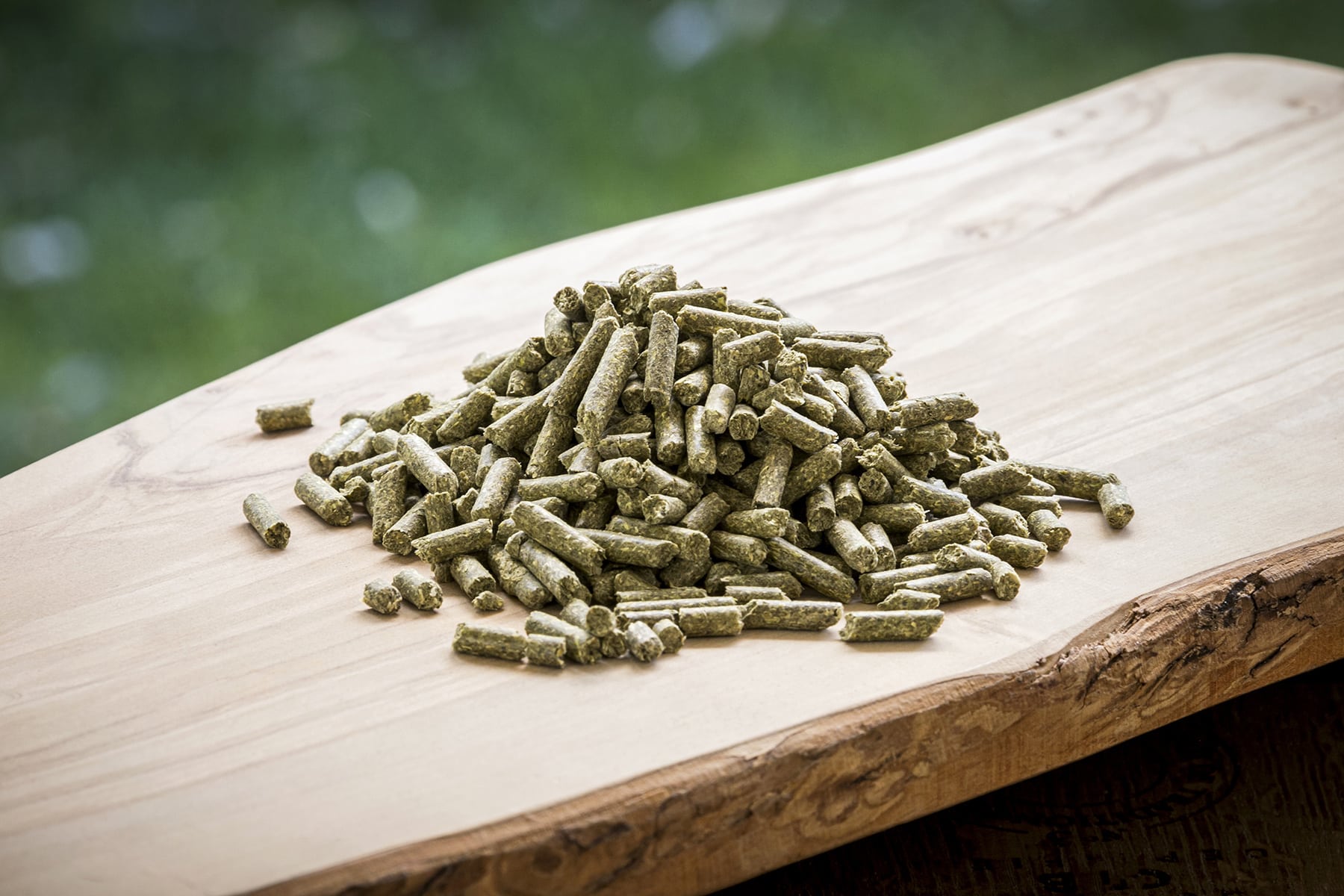

Water
Change water daily.
Rinse and wipe out the bowl before refilling to prevent algae formation at the bottom of the bowl.
Water
Change water daily.
Rinse and wipe out the bowl before refilling to prevent algae formation at the bottom of the bowl.
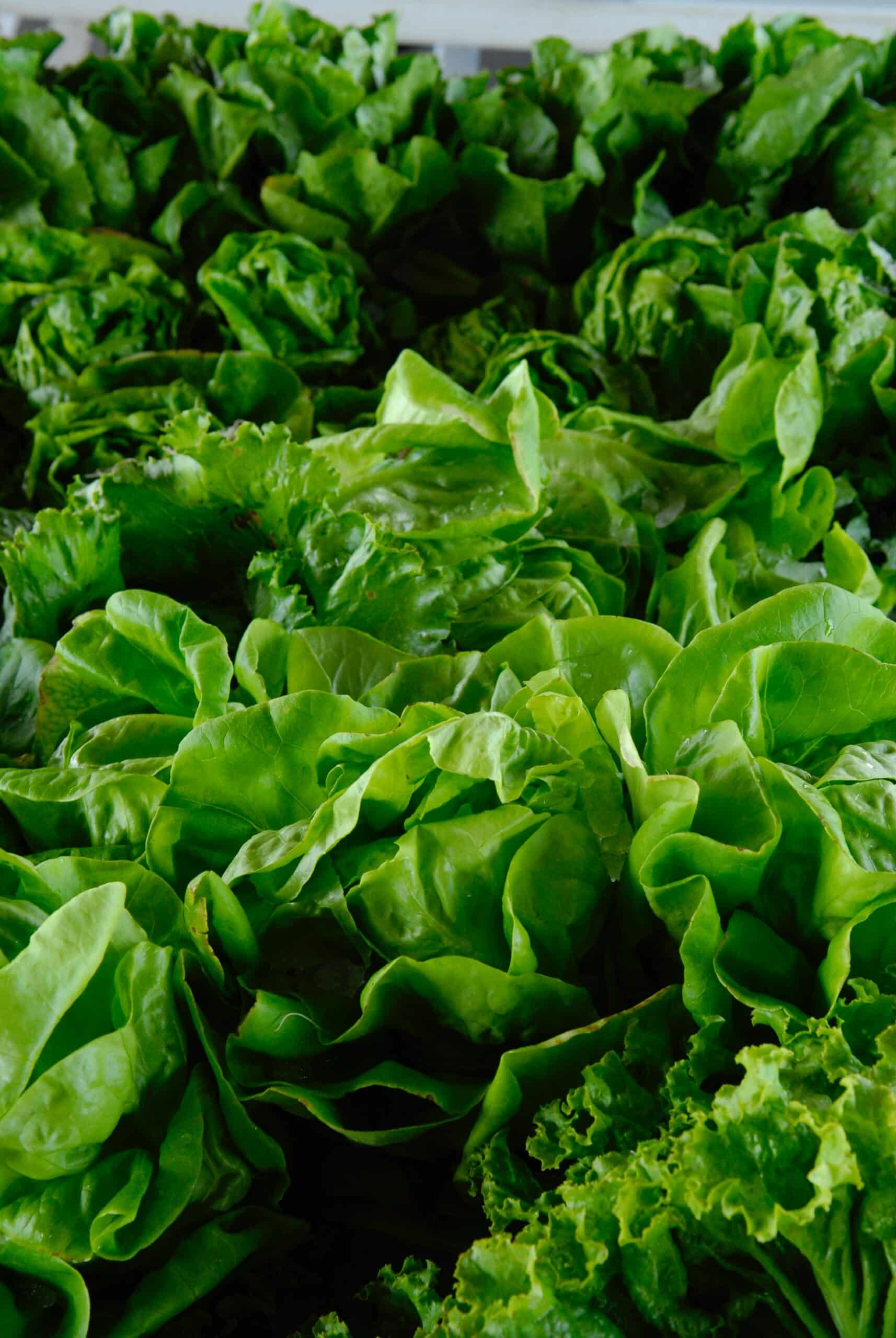
Leafy Greens
These foods should make up about 75% of the fresh portion of your rabbit’s diet (about 1 packed cup per 0,9 kg of body weight per day).
Leafy Greens I
(need to be rotated due to oxalic acid content and only 1 out of three varieties of greens a day should be from this list)
Parsley
Spinach
Mustard greens
Beet greens
Swiss chard
Radish tops
Sprouts (from 1 to 6 days after sprouting, sprouts have higher levels of alkaloids)
Leafy Greens
These foods should make up about 75% of the fresh portion of your rabbit’s diet (about 1 packed cup per 0,9 kg of body weight per day).
Leafy Greens I
(need to be rotated due to oxalic acid content and only 1 out of three varieties of greens a day should be from this list)
Parsley
Spinach
Mustard greens
Beet greens
Swiss chard
Radish tops
Sprouts (from 1 to 6 days after sprouting, sprouts have higher levels of alkaloids)
Leafy Greens II
(low in oxalic acid)
Arugula
Carrot tops
Cucumber leaves
Endive
Escarole
Frisee Lettuce
Kale (all types)
Mache
Red or green lettuce
Romaine lettuce
Spring greens
Turnip greens
Dandelion greens
Mint (any variety)
Basil (any variety)
Watercress
Wheatgrass
Chicory
Raspberry leaves
Cilantro
Radicchio
Bok Choy
Fennel (the leafy tops as well as the base)
Borage leaves
Dill leaves
Yu Choy
Leafy Greens II
(low in oxalic acid)
Arugula
Carrot tops
Cucumber leaves
Endive
Escarole
Frisee Lettuce
Kale (all types)
Mache
Red or green lettuce
Romaine lettuce
Spring greens
Turnip greens
Dandelion greens
Mint (any variety)
Basil (any variety)
Watercress
Wheatgrass
Chicory
Raspberry leaves
Cilantro
Radicchio
Bok Choy
Fennel (the leafy tops as well as the base)
Borage leaves
Dill leaves
Yu Choy
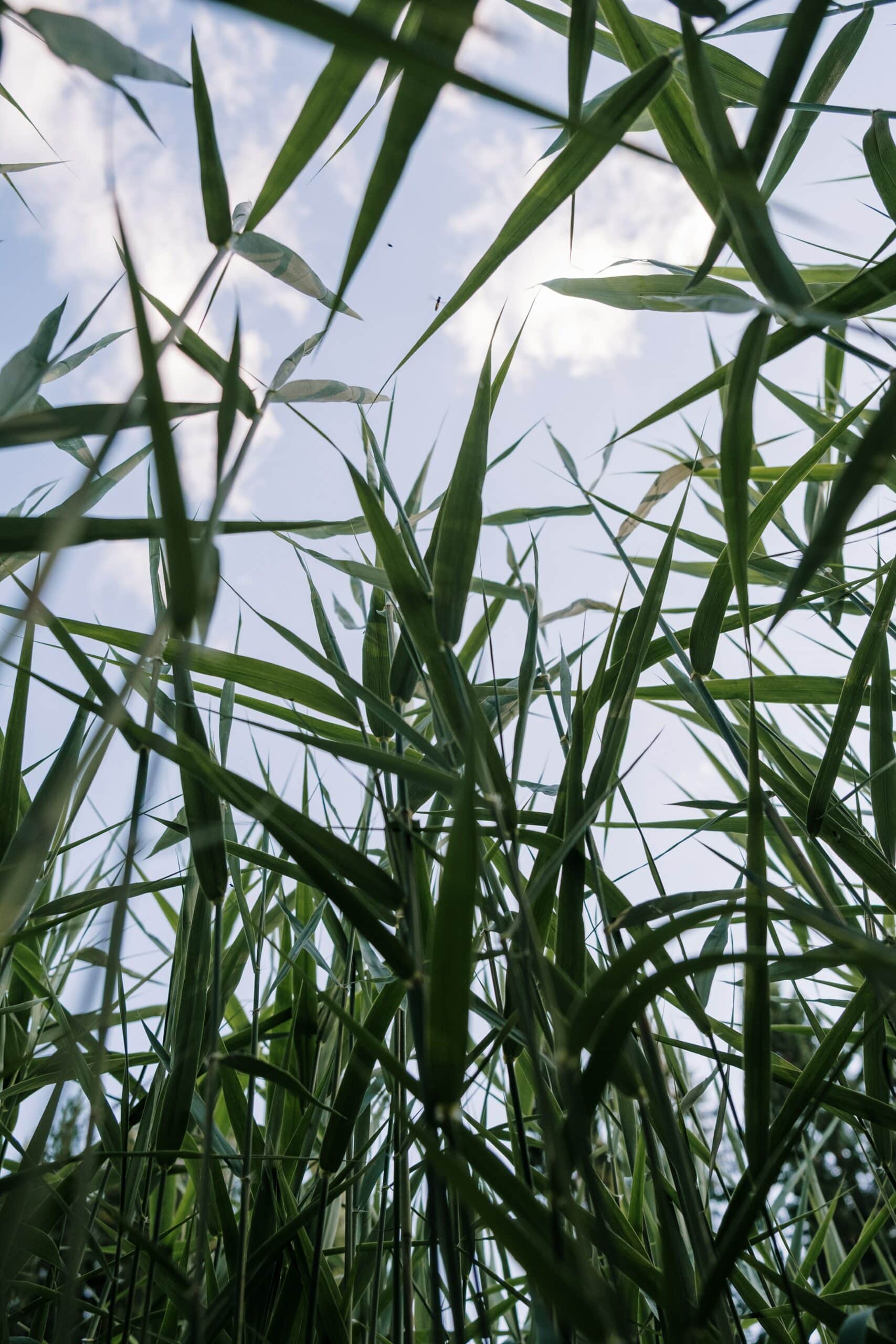

Non-leafy Vegetables
Non-leafy vegetables should be no more than about 15 % of the diet (About 1 tablespoon per 0,9 kg of body weight per day).
Carrots
Broccoli (leaves and stems)
Edible flowers (roses, nasturtiums, pansies, hibiscus)
Celery
Bell peppers (any color)
Chinese pea pods (the flat kind without large peas)
Brussel sprouts
Cabbage (any type)
Broccolini
Summer squash
Zucchini squash
Non-leafy Vegetables
Non-leafy vegetables should be no more than about 15 % of the diet (About 1 tablespoon per 0,9 kg of body weight per day).
Carrots
Broccoli (leaves and stems)
Edible flowers (roses, nasturtiums, pansies, hibiscus)
Celery
Bell peppers (any color)
Chinese pea pods (the flat kind without large peas)
Brussel sprouts
Cabbage (any type)
Broccolini
Summer squash
Zucchini squash
Fruits
These should be no more than 10% of the diet (about 1 teaspoon per 0,9 kg of body weight per day).
NOTE: Unless otherwise stated it is more nutritious to leave the skin on the fruit (particularly if organic), just wash thoroughly.
IF you are in doubt about the source of the fruit and you are concerned about chemicals in the skin, then remove it.
Apple (any variety, without stem and seeds)
Cherries (any variety, without the pits)
Pear
Peach
Plum (without the pits)
Kiwi
Papaya
Mango
Berries (any type)
Berries (uncooked)
Pineapple (remove skin)
Banana (remove peel; no more than about 2- 3,18 mm slices a day for a 2,26 kg rabbit…they LOVE this!)
Melons (any – can include peel and seeds)
Star Fruit
Apricot
Currants
Nectarine
Fruits
These should be no more than 10% of the diet (about 1 teaspoon per 0,9 kg of body weight per day).
NOTE: Unless otherwise stated it is more nutritious to leave the skin on the fruit (particularly if organic), just wash thoroughly.
IF you are in doubt about the source of the fruit and you are concerned about chemicals in the skin, then remove it.
Apple (any variety, without stem and seeds)
Cherries (any variety, without the pits)
Pear
Peach
Plum (without the pits)
Kiwi
Papaya
Mango
Berries (any type)
Berries (uncooked)
Pineapple (remove skin)
Banana (remove peel; no more than about 2- 3,18 mm slices a day for a 2,26 kg rabbit…they LOVE this!)
Melons (any – can include peel and seeds)
Star Fruit
Apricot
Currants
Nectarine
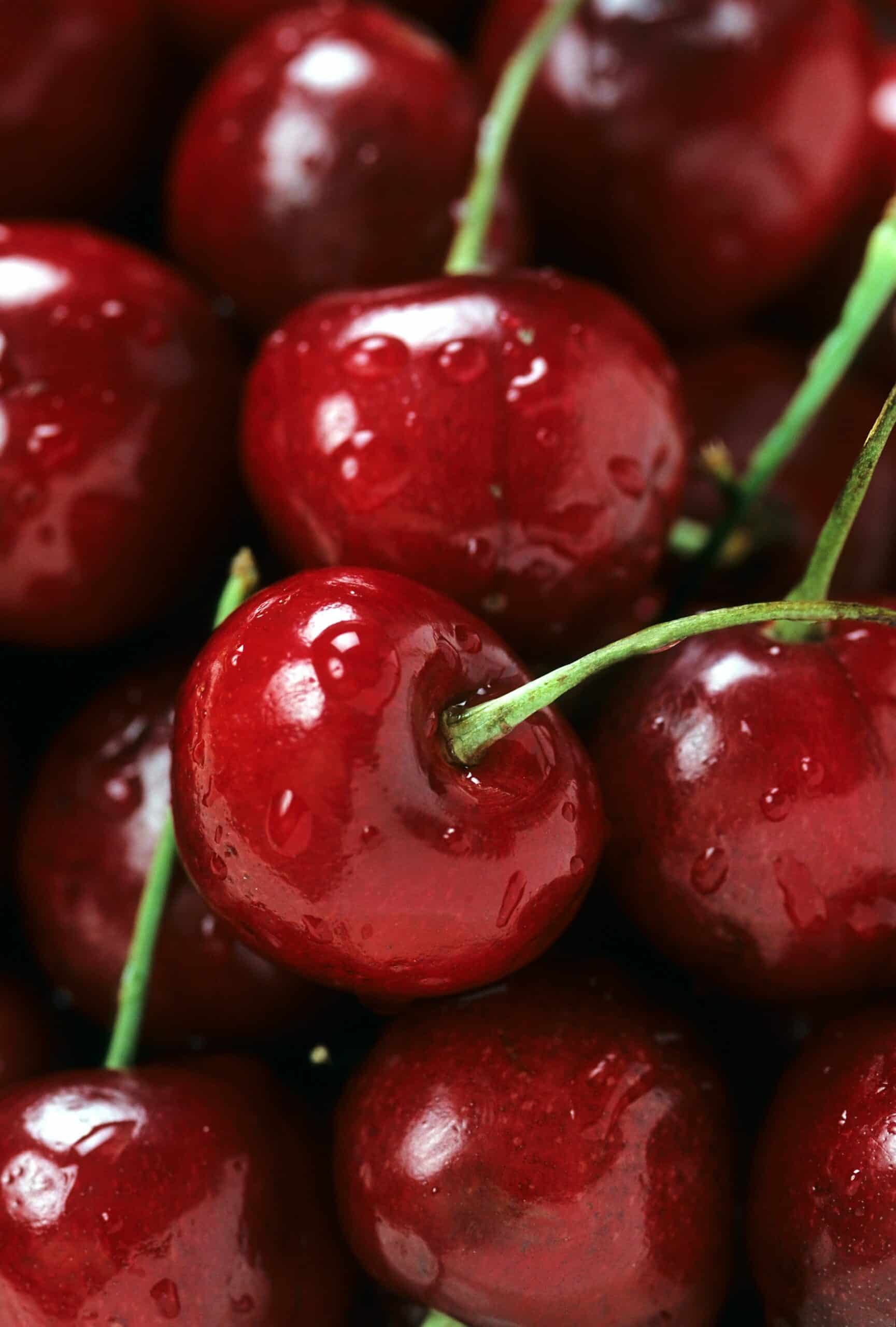
Vegetables to Limit
Beyond leafy greens, you can feed other vegetables such as root vegetables or “flowers” such as broccoli and cauliflower.
These foods are often higher in starch or sugars and should be fed in lesser amounts than the leafy greens.
Avoid foods in the onion family such as leeks, chives, and onions because eating these foods could cause blood abnormalities.
A good amount of “other” vegetables (non-leafy greens) to feed your rabbit would be about 1 tablespoon per 0,9 kg of body weight per day in one meal or divided into two or more.
Vegetables to Limit
Beyond leafy greens, you can feed other vegetables such as root vegetables or “flowers” such as broccoli and cauliflower.
These foods are often higher in starch or sugars and should be fed in lesser amounts than the leafy greens.
Avoid foods in the onion family such as leeks, chives, and onions because eating these foods could cause blood abnormalities.
A good amount of “other” vegetables (non-leafy greens) to feed your rabbit would be about 1 tablespoon per 0,9 kg of body weight per day in one meal or divided into two or more.
All Fruits Should Be Limited
Fruits can also be fed in small amounts. In the wild, fruits are high-calorie treats and they are quite hard to get.
Fruits can be used as training treats!
It is a good idea to hand feed your rabbit every day, giving him his favorite fruit treat. In this way, you can see if he's eating it or not, which gives us information about his general health. If he's not eating his treat, it is time for a vet visit, because this loss of appetite could hide so much more.
Dried fruits are about 3 times as concentrated as the fresh variety so feed less of those.
Rabbits, like many animals, naturally gravitate towards high-calorie foods such as those high in sugar or starch. It is every animal's instinct to protect themselves and have more energy. This is why fruits would disappear really fast in the wild, every animal trying to take them as fast as possible, being like a reward for them.
This means that rabbits can't stop themselves from eating everything that you give them for an entire day, for example. This is why is really important to give them portions, that you can oversee. Overfeeding fruits can result in a weight gain or GI ( gastro-intestinal) upset so it is up to you to feed these foods in limited amounts.
An approximate amount of fruit to feed your rabbit is a teaspoon per 0,9 kg of body weight daily in one feeding or divided into multiple feedings.
All Fruits Should Be Limited
Fruits can also be fed in small amounts. In the wild, fruits are high-calorie treats and they are quite hard to get.
Fruits can be used as training treats!
It is a good idea to hand feed your rabbit every day, giving him his favorite fruit treat. In this way, you can see if he's eating it or not, which gives us information about his general health. If he's not eating his treat, it is time for a vet visit, because this loss of appetite could hide so much more.
Dried fruits are about 3 times as concentrated as the fresh variety so feed less of those.
Rabbits, like many animals, naturally gravitate towards high-calorie foods such as those high in sugar or starch. It is every animal's instinct to protect themselves and have more energy. This is why fruits would disappear really fast in the wild, every animal trying to take them as fast as possible, being like a reward for them.
This means that rabbits can't stop themselves from eating everything that you give them for an entire day, for example. This is why is really important to give them portions, that you can oversee. Overfeeding fruits can result in a weight gain or GI ( gastro-intestinal) upset so it is up to you to feed these foods in limited amounts.
An approximate amount of fruit to feed your rabbit is a teaspoon per 0,9 kg of body weight daily in one feeding or divided into multiple feedings.
Grass Hay Always Comes First
IMPORTANT: Before introducing any fresh foods to a rabbit it is best if he has been eating grass hay for a minimum of 2 weeks.
The grass hay will help to get his GI (gasto-intestinal) tract motility and flora in good working order so that he will be able to accept new foods more easily.
When introducing new fresh foods to any rabbit’s diet it is best to go slowly to allow the gastrointestinal tract and all its important microorganisms to adjust.
Introduce one new food every three days and keep a watch on the stools. It is rare for a rabbit that has been on a hay diet first, to have any problems using this method, but if you note softer stools that persist over a couple of days, then you might want to remove that food from your bunny’s diet.
Grass Hay Always Comes First
IMPORTANT: Before introducing any fresh foods to a rabbit it is best if he has been eating grass hay for a minimum of 2 weeks.
The grass hay will help to get his GI (gasto-intestinal) tract motility and flora in good working order so that he will be able to accept new foods more easily.
When introducing new fresh foods to any rabbit’s diet it is best to go slowly to allow the gastrointestinal tract and all its important microorganisms to adjust.
Introduce one new food every three days and keep a watch on the stools. It is rare for a rabbit that has been on a hay diet first, to have any problems using this method, but if you note softer stools that persist over a couple of days, then you might want to remove that food from your bunny’s diet.



